
Just because we're marketing things doesn't mean we really know the science behind what makes people buy. But marketing without that information is like walking outside with a blindfold on -- it's going to be very hard to end up at your destination without a scratch.
To catch up on the latest and greatest research about online buyer behavior, keep on reading. Below, we’ll cover eight data sets on buyer behavior, their key findings, and the lessons you should take away from each piece of research. Take the ones that apply most to your business and then use them make smarter marketer decisions, like building or tweaking data-driven buyer personas, designing a new experiment for your website, or maybe even making the case to your boss to hire someone new.
So let's dive right in.
1) “The New Normal of Consumer Behavior and How to Respond”
This study, carried out by Quirk’s Marketing Research Media, interviewed nearly 2,000 U.S. buyers in 2014 in an attempt to understand how consumer attitudes and behaviors have changed after the Great Recession.
Key Findings
- Consumer debt is at its lowest point since 2006, indicating that buyers are prioritizing thoughtful purchases over conspicuous consumption.
- 79% of survey respondents report at least sometimes checking reviews before making an online purchase.
- Consumer rank “a person like yourself” as a highly credible source of information, indicating a shift of trust towards individuals and away from institutions.
Takeaway
Encouraging satisfied customers continues to be an important priority for businesses, but this data reveals more than that -- sellers should look for other opportunities to empower their buyers. Allowing buyers to control the number of options available for consideration, provide feedback during all stages of the buying process, and see how other customers have used your product can all help mitigate their distrust of larger institutions.
2) “It’s All About the Images”
MDG Advertising developed this compelling infographic, which drew data from the National Retail Federation, BrightLocal, PR Newswire, Skyword, Web Liquid, Alexa, and The New York Times, in order to highlight how important images can be in the buying process.
Key Findings
- 67% of consumers say that the quality of a product image is “very important” in selecting and purchasing a product (compared to 54% who feel the same way about long product descriptions and 53% who give ratings and reviews the same credence).
- Content featuring compelling images averages 94% more total views than content without images.
Takeaway
This one’s pretty straightforward. If you don’t have good images on your website and product pages, add them now. And if you have images on your site, but they aren’t high quality, upgrade them now to appeal to today’s internet buyers.
3) “Why Customers Shop Online”
In this study, Shopper Approved set out to understand why consumers purchase online, rather than through brick and mortar stores. Their survey included 25,660 individuals who were asked “What key factor influenced you to buy online instead of locally?” immediately after they purchased from 207 online retailers in a variety of industries.
Key Findings
The following factors came out tops in terms of encouraging online purchases:
- 25.4% said larger selection
- 25% said better pricing
- 24.7% said more convenient
- 7.2% said time savings
- 3.6% said easy to compare
- 3.3% said no sales tax
Takeaway
If you're an online business, you have an advantage over traditional retailers in that you aren’t limited to the amount of shelf space available when considering which items to stock. Adding selection, therefore, may help you appeal to online buyers, as can keeping your prices below traditional competitors and streamlining your purchase process to create a convenient experience for shoppers.
4) “The Psychology of Stuff and Things”
“Fanboys” -- those who will purchase any product offered by the companies they follow -- are an interesting phenomenon that most businesses should strive to understand, given their implications for brand awareness and future sales. A 2010 study by Kyungmi Kim and Marcia Johnson shows that the strong associations underpinning this “cult-like’ following form at a neural level.
Key Findings
By scanning participants’ brains as they viewed boxes full of items labeled “mine” compared with containers labeled with others’ names, Kim and Johnson were able to identify extra activity in the media prefrontal cortex -- the area associated with the way we think about ourselves -- when the owned items were viewed.
Takeaway
Many consumers subconsciously view the brands they associate with as being signals of their membership in certain groups (see fanatical Apple buyers and the video game console wars as evidence of how owned items can be used to convey certain personality traits). If you want your customers to identify as strongly with your products as they do with these notable brands, look for ways to encourage buyers to claim ownership of their purchases.
5) “Take Advantage of Positive Email Attitudes”
Interesting research by Forrester Research demonstrates that consumer attitudes towards email marketing are becoming less negative -- good news for marketers that rely on this powerful channel. This trend comes from a survey of 33,546 U.S. online adults and is based on the following data points.
Key Findings
- 42% of U.S. online adults delete most email advertising without reading it, down from 44% in 2012 and 59% in 2010.
- 3 in 10 respondents agree that they often wonder how the companies sending them messages got their contact information.
- The percentage of respondents agreeing that most email ads don’t offer anything of interest fell from 41% in 2012 to 38% in 2014.
Takeaway
Consumers seem to be feeling better about email promotions, but there are still some weak spots. As a result, it is important for marketers to balance promotions with other more engaging messages.
6) “How Consumers Form Their Impressions of Companies”
A recent study by Vanessa DiMauro and Don Bulmer in conjunction with The Society For New Communications Research indicates that the quality of a company’s products is the most important factor contributing to consumers’ perception of the company. To reach this conclusion, DiMauro and Bulmer presented survey participants with a list of several different factors and asked them to rate their importance in forming their impression of a company.
Key Findings
The following percentages represent the number of participants giving “very important” responses to the prompt above:
- Product quality - 80%
- Cost of products and services - 55%
- Company’s customer care program - 37%
- What trusted contacts say about the company - 34%
- Customer reviews - 30%
- Ratings on social media sites - 30%
- What the media says about the company - 13%
- What the company says in ads - 10%
- The company’s social media presence - 7%
Takeaway
Product quality is king when it comes to boosting perceptions of your company -- and fortunately, that’s one of the few factors in the list above that’s completely under your control. If you’re not sure how to improve your product, the easiest way to start is to ask your customers. Check your reviews for suggested improvements or use social media and other consumer-focused web tools to ask prospective customers directly what changes they’d like to see.
7) “What Influences an Online Purchase Decision”
Looking at research to determine what causes consumers to buy gives internet retailers the insight needed to improve their offerings and boost sales. Using a collection of studies, online store provider Bigcommerce identified the ten primary factors listed below that contribute to purchase decisions.
Key Findings
- Product quality - 56%
- Free shipping - 49%
- Easy returns - 35%
- Customer reviews - 33%
- Visual search - 30%
- Great navigation - 26%
- Checkout ease - 24%
- Multiple options - 24%
- Special size - 12%
- New product - 10%
Takeaway
As in the DiMauro and Bulmer study referenced above, product quality comes out on top in Bigcommerce’s infographic. They begin to differ after that, with free shipping and easy returns take an expected second and third (the success of Amazon Prime and Zappos highlight how important these factors are). If you aren’t already offering free shipping, see if a small price increase might cover the cost without affecting sales too significantly. And if there are any resistance points that complicate your returns process, minimize them as much as possible.
8) “Consumer Psychology & The Ecommerce Checkout”
Online savings code hub vouchercloud compiled the results of a number of studies to create its “Consumer Psychology & The E-Commerce Checkout” infographic. While the entire thing is worth a look, the key findings below should give you a starting point for making meaningful changes to your checkout or conversion process.
Key Findings
- 57% of online consumers will abandon a website if they experience more than three seconds of load time. 80% of these could-be customers will never return.
- Products are assessed and initial purchase judgments are made within 90 seconds.
- 41% of shopping cart abandonments occur because consumers encounter hidden charges at checkout.
- 53% of consumers say that low-cost shipping is a sufficient reason to change online retailers.
Takeaway Lessons
The statistics showcased in vouchercloud’s infographic make one thing clear: Anything that adds resistance to your checkout process reduces your sales. When it comes to boosting online sales, consumers look for streamlined experiences that give them the best possible deals with the smallest amount of hassle. To see how your checkout process stacks up, go through each of your competitors’ shopping carts and try to make a purchase. Anything that makes your own system more complicated than theirs should be revised.
Were you surprised by any of these findings? If so, share your reactions -- as well as how you plan to apply these lessons to your business -- in the comments below.






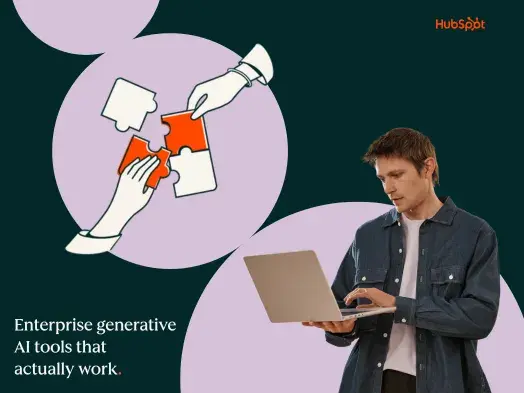


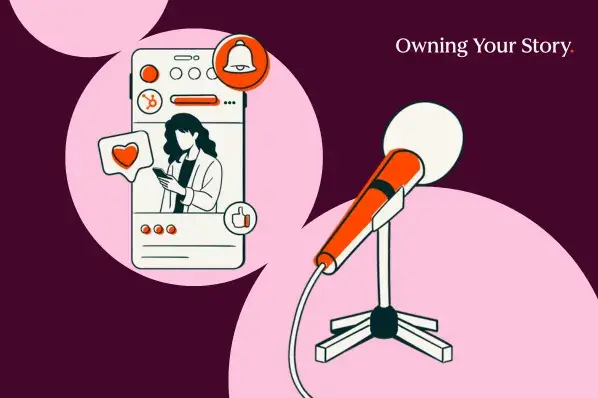










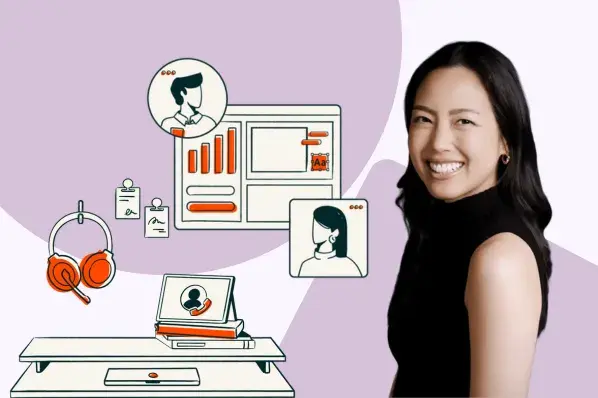

















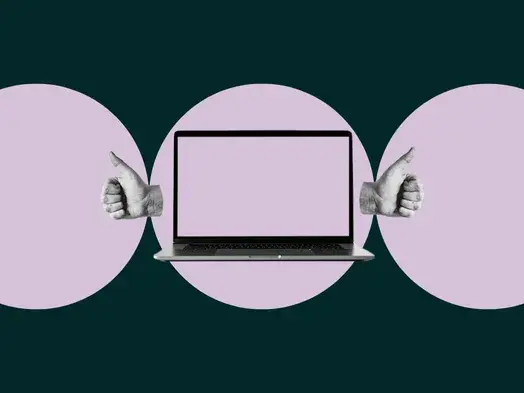




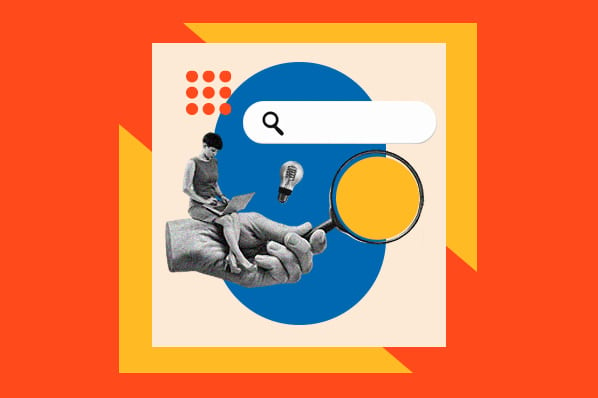






















Sorry we missed you! We close comments for older posts, but we still want to hear from you. Tweet us @HubSpot to continue the discussion.